
How to Get Call of Duty: Modern Warfare III Burger King Rewards
To get the Call of Duty: Modern Warfare III Burger King rewards, including the Burger Town Operator, players must use code "CALLOFDUTY" for two orders.
2023-11-09 03:15

Australia’s Albanese May Face Anti-Nuclear Push at Pacific Talks
Australia’s prime minister is likely to face some pointed questions over climate action and a nuclear submarine deal
2023-11-09 02:58
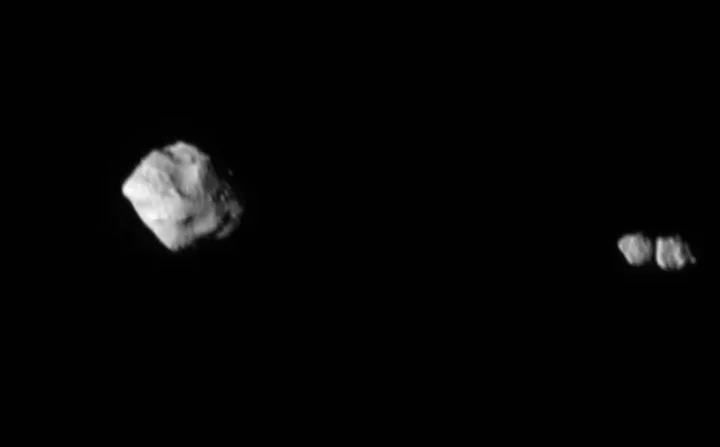
Nasa gets ‘puzzling’ data back from Lucy spacecraft exploring distant object
Nasa has received “puzzling” data from a spacecraft that was studying a distant asteroid. The space agency’s Lucy Spacecraft left Earth in 2021, with the aim of studying “Jupiter trojans”, a set of asteroids that fly around the Sun along Jupiter’s orbit and remain largely mysterious. Recently, scientists decided to send it to visit another small object on its way, largely as a test of the systems on the spacecraft that let it track asteroids for its mission. When Lucy arrived at that object – a main belt asteroid named Dinkinesh – it found a surprise, however. Images taken of the asteroid showed that it had a satellite, which flies around the asteroid like a tiny moon of its own. Now, further examination of those images show that the satellite is not one but two objects. Those objects make up a “contact binary”, or two smaller objects that are touching each other as they fly through space. The unexpected discovery explains some of the strange data that scientists had received as they approached Lucy. But it opens up more confusion about the whole system, which one called “bizarre”. “Contact binaries seem to be fairly common in the solar system,” said John Spencer, Lucy deputy project scientist, in a statement. “We haven’t seen many up-close, and we’ve never seen one orbiting another asteroid. “We’d been puzzling over odd variations in Dinkinesh’s brightness that we saw on approach, which gave us a hint that Dinkinesh might have a moon of some sort, but we never suspected anything so bizarre!” The flyby of Dinkinesh was only intended as a test of the spacecraft’s systems but has now posed new possible research for scientists. “It’s truly marvelous when nature surprises us with a new puzzle,” said Tom Statler, Lucy program scientist from NASA Headquarters in Washington. “Great science pushes us to ask questions that we never knew we needed to ask.” “It is puzzling, to say the least,” said Hal Levison, principal investigator for Lucy, also from Southwest Research Institute. “I would have never expected a system that looks like this. In particular, I don’t understand why the two components of the satellite have similar sizes. This is going to be fun for the scientific community to figure out.” The scientists were only able to confirm the nature of the system with the multiple images that were sent back by Lucy in the wake of its encounter with Dinkinesh. Nasa is working now to get the rest of the data from the spacecraft, which might include yet more surprises. Lucy itself will continue flying through space on a journey that is due to take 12 years. Lucy is actually heading back to Earth, which it will use for a gravity assist to propel it onto the next part of its journey, back through the main asteroid belt and onto the Trojan asteroids. Read More Nasa sending VR headset up to ISS to treat astronaut’s mental health All-UK space mission will ‘push boundaries of human knowledge’ All-female Nasa astronaut team departs International Space Station on spacewalk
2023-11-09 02:57

HSBC plans custody service for non-crypto digital assets
By Elizabeth Howcroft LONDON HSBC plans to launch in 2024 a custody service for storing blockchain-based assets excluding
2023-11-09 02:50
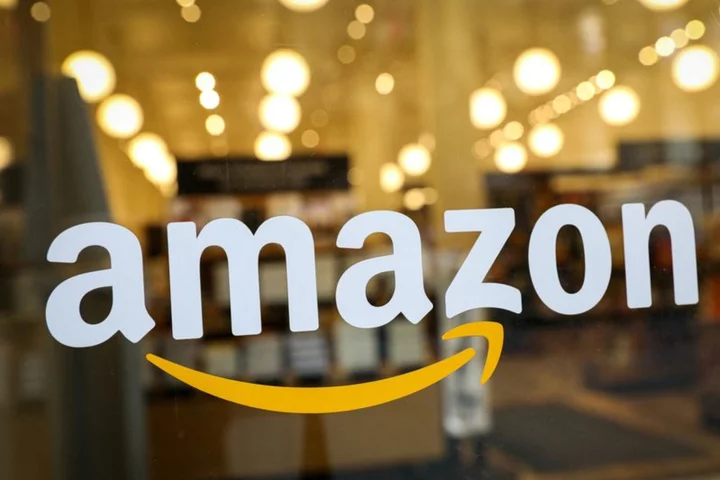
Amazon says cuts jobs in music streaming unit
By Greg Bensinger Amazon.com has begun cutting jobs in its Music division, the company said on Wednesday, confirming
2023-11-09 02:48
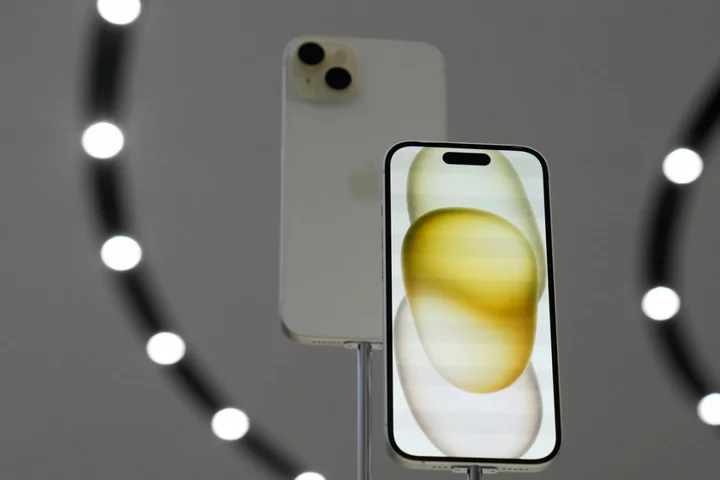
iOS 17.1.1: Apple releases new iPhone update to let phones charge in cars without breaking
Apple has released a new iPhone update that ensures they won’t break when being charged in the car. The iOS 17.1.1 update includes a range of bug fixes for some unusual and high-profile issues with Apple’s new iPhones. It is available to download now as usual. When the iPhone 15 was released, some users of specific cars – particularly those made by BMW and Toyota – reported that charging their phones in the car would break them. In some cases, when people used the built-in wireless charging then Apple Pay would stop working, for instance. That is now fixed in the new update, according to Apple’s release notes. It fixes an issue where “In rare circumstances, Apple Pay and other NFC features may become unavailable on iPhone 15 models after wireless charging in certain cars”, it says. The new operating system update also fixes an issue where “Weather Lock Screen widget may not correctly display snow”, the release notes say. That refers to a problem where users would instead see a file icon, which had been widely reported. Apple has also released an update for the Watch, numbered 10.1.1. That fixes another prominent issue that led to unexpected battery drain on the Watch, with some reporting that their devices lost all their charge in just a few hours. The Mac and HomePod also have their own bug updates. They can all be installed as usual: through the Settings app on the iPhone or Mac, or through the devoted apps for the Watch and HomePod, though all devices should eventually prompt the user to update automatically. The update came after a Bloomberg report that indicated Apple had taken some engineers off work on upcoming major updates to ensure that the current operating system versions were as free of bugs as possible. Recent weeks have seen a range of unexpected bugs in Apple software, including widespread reports that the iPhone 15 would get uncomfortably hot, which was later fixed with another software update. Read More The Apple Watch has a major issue but Apple is working on a fix Something is happening with Apple’s Mac and iPads Apple just revealed a new MacBook Pro – with a new colour
2023-11-09 02:45
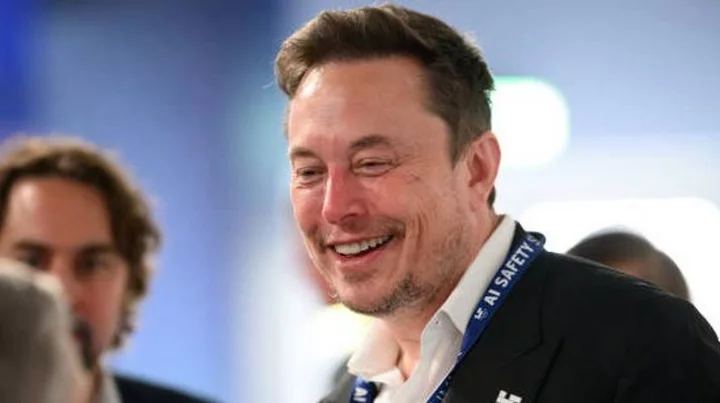
Elon Musk wants a volunteer to have their head cut open for his brain implants
Elon Musk's chip implant company Neuralink is looking for its first volunteer since the company got approved to perform tests on humans by the FDA. Prior to its approval for human clinical trials, Reuters reported that the company had killed roughly 1,500 animals during testing. The volunteer would have to be willing to have a piece of their skull removed so a robotic surgeon can insert thin wires and electrodes into their brain. The company told Bloomberg News, the ideal candidate will be a quadriplegic under the age of 40. Neuralink hopes to eventually make a device that will allow people to send messages or play games using only their thoughts. Ashlee Vance, the author of the 2015 biography 'Elon Musk: Tesla, SpaceX, and the Quest for a Fantastic Future', said in his Bloomberg report that despite "an outpouring of interest from thousands of prospective patients," the company is still seeking its first volunteer. The chip would enable computer functions to be performed using only thoughts via a "think-and-click" mechanism. If the ideal volunteer is chosen, a surgeon will remove part of the person's skull, before a robot dubbed "R1", equipped with cameras, sensors and a needle will push 64 threads into the brain whilst doing its best to avoid blood vessels. Reassuring. Each thread has roughly the diameter of 1/14th of a strand of human hair, and is lined with 16 electrodes that are programmed to gather data about the brain. The electrodes record neural activity related to movement intention, which is then decoded by Neuralink computers. Neuralink did not reveal how many participants would be enrolled in the trial or how many patients the FDA ultimately approved, after a negotiation between the company and agency which raised safety concerns, according to current and former employees. DJ Seo, co-founder and vice president for engineering of Neuralink told Bloomberg: "The short-term goal of the company is to build a generalised brain interface and restore autonomy to those with debilitating neurological conditions and unmet medical needs." "Then, really, the long-term goal is to have this available for billions of people and unlock human potential and go beyond our biological capabilities." Indy100 has reached out to Neuralink for comment. Sign up to our free Indy100 weekly newsletter Have your say in our news democracy. Click the upvote icon at the top of the page to help raise this article through the indy100 rankings. How to join the indy100's free WhatsApp channel
2023-11-09 02:27

Telecom Italia core profit up 9% as grid share deal helps domestic sales
MILAN (Reuters) -Telecom Italia (TIM) on Wednesday reported an 8.6% rise in core profit for the third quarter, as an
2023-11-09 02:26
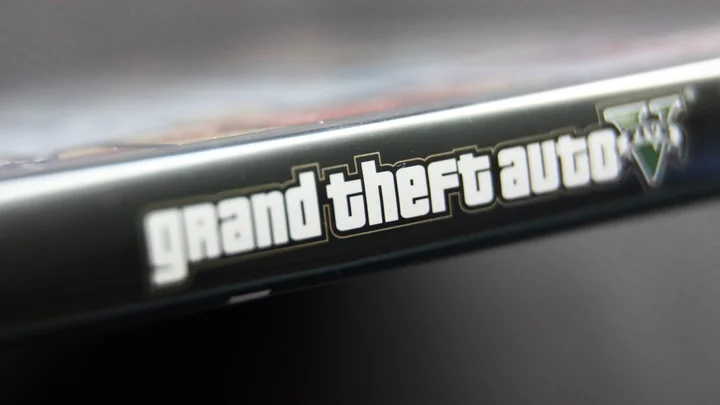
It's True: Grand Theft Auto 6 Trailer Coming in December
The wait has been long, but gamers will soon have their first official look at
2023-11-09 01:20
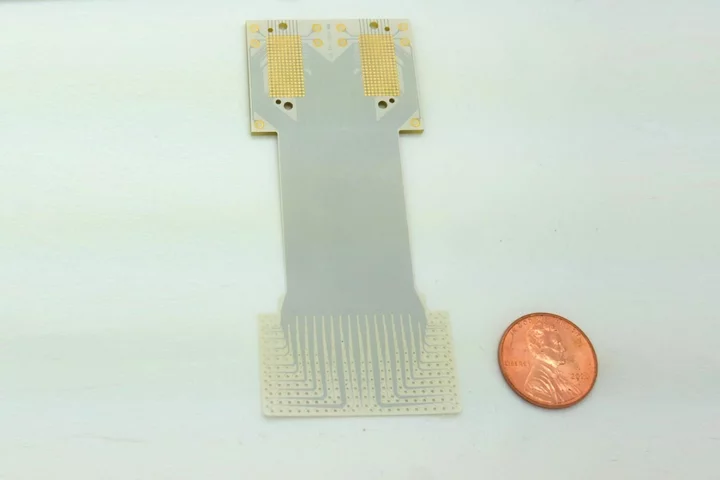
Scientists invent mind-reading device
Scientists have invented a brain implant that allows wearers to communicate using thoughts alone. The speech prosthetic – developed by neuroscientists, neurosurgeons and engineers at Duke University in the US – is able to translate brain signals into words. The researchers claim it is faster and less cumbersome than other brain computer interface and mind reading technologies, and could transform the lives of people suffering from neurological disorders. “There are many patients who suffer from debilitating motor disorders, like ALS or locked-in syndrome, that can impair their ability to speak,” said Gregory Cogan, a professor of neurology at Duke University’s School of Medicine. “But the current tools available to allow them to communicate are generally very slow and cumbersome.” The team was able to pack 256 specially designed microscopic brain sensors onto a postage stamp-sized piece of medical-grade plastic, which was tested on patients undergoing brain surgery for unrelated conditions like having a tumour removed. Participants were asked to listen to a series of nonsensical words like ‘kug’ and ‘vip’ and then speak them aloud. With just 90 seconds of spoken data, an AI algorithm was then used to decode the neural activity into words. The researchers now plan to develop the technology to improve its speed and make it wireless, and have received a $2.4 million grant from the National Institutes of Health to continue. “You’d be able to move around, and you wouldn’t have to be tied to an electrical outlet, which is really exciting,” Professor Cogan said. Duke Institute for Brain Sciences faculty member Jonathan Viventi added: “We’re at the point where it’s still much slower than natural speech, but you can see the trajectory where you might be able to get there.” The research was detailed in a study, titled ‘High-resolution neural recordings improve the accuracy of speech decoding’, published in the journal Nature Communications. Read More ChatGPT goes offline Urgent warning for Gmail users as millions of accounts set to be deleted Political ads on Instagram and Facebook can be deepfakes, Meta says
2023-11-09 00:57
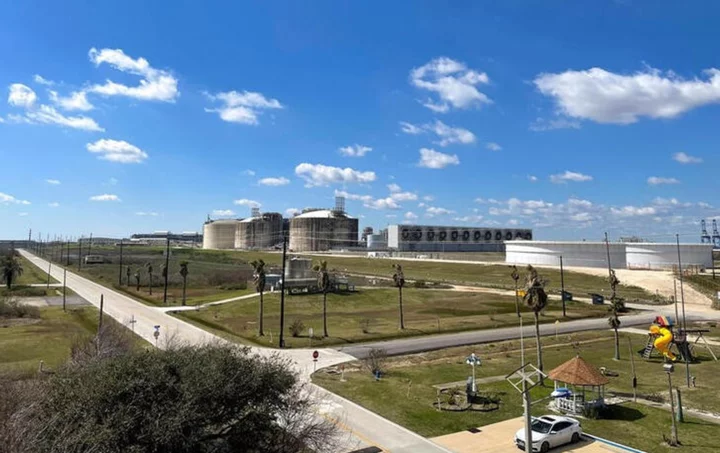
How shipping more US natural gas to Europe helped fuel CO2 pollution
By Tim McLaughlin (Reuters) -Carbon dioxide emissions from U.S. liquefied natural gas facilities have jumped to 18 million tons per
2023-11-09 00:47
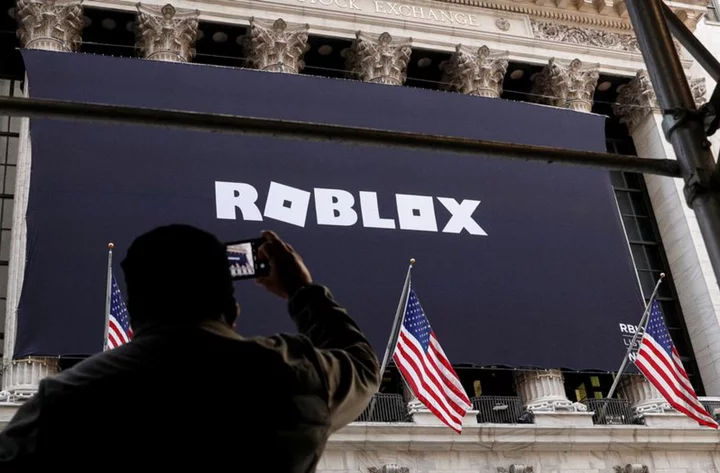
Roblox beats bookings estimates on higher in-game spending, shares jump
By Harshita Mary Varghese (Reuters) -Roblox beat quarterly bookings estimates as in-game spending jumped and summer break drove more users
2023-11-09 00:27
You Might Like...
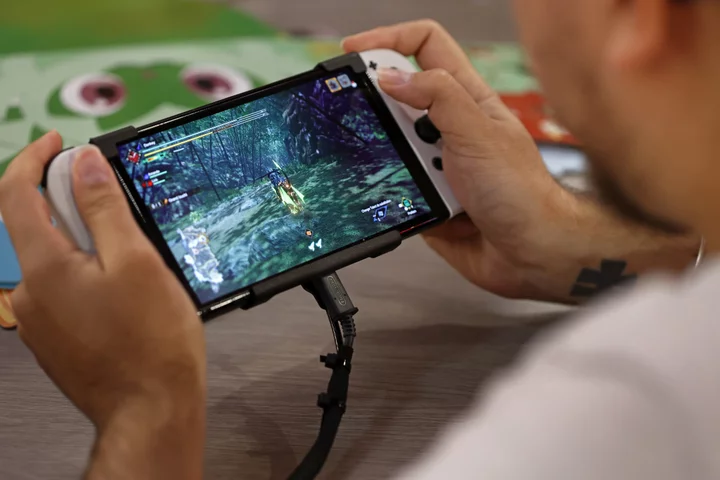
Nintendo Switch 2: Every single thing we know so far

Video game superstars to commentate on The Hundred cricket

EA Sports FC 24 Pundit Picks Explained in Ultimate Team
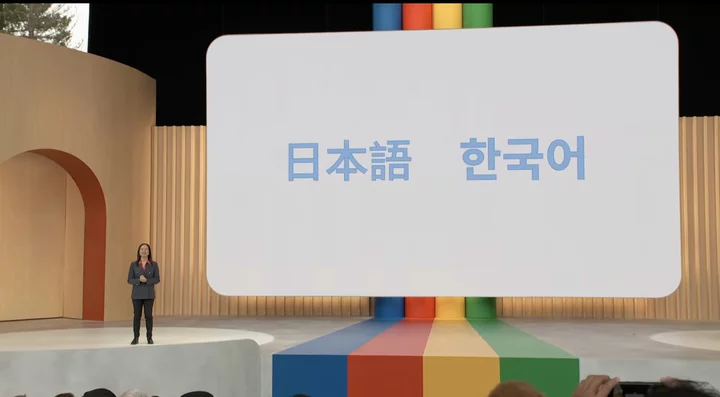
Google Bard AI chatbot waitlist removed, more languages added
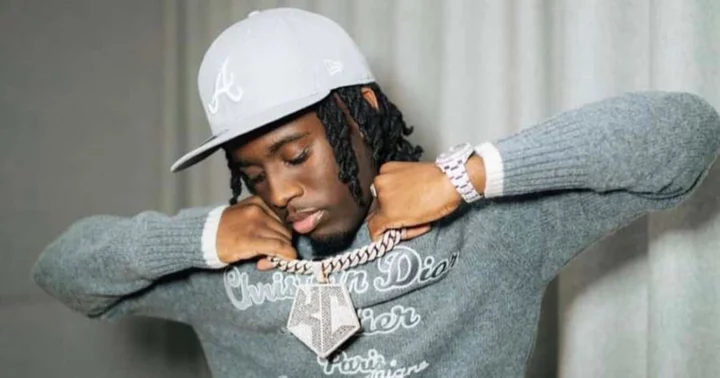
Did Kai Cenat receive Kick offer? Twitch king leaves fans speculating with diss track, trolls label it 'trash'

The cherry emoji and 14 other emoji you can use to sext
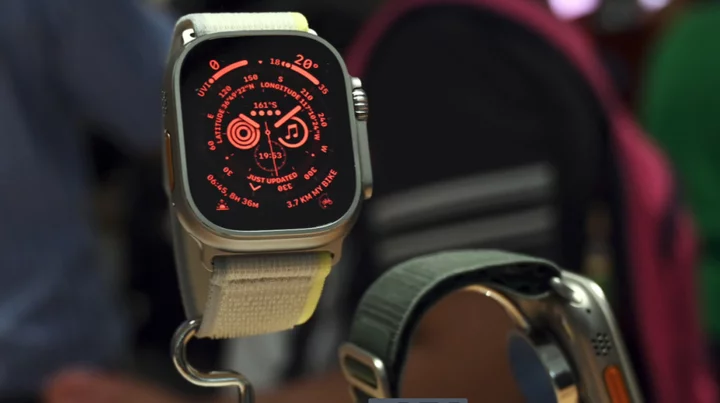
Rumor: The Next Apple Watch Ultra May Contain 3D-Printed Parts
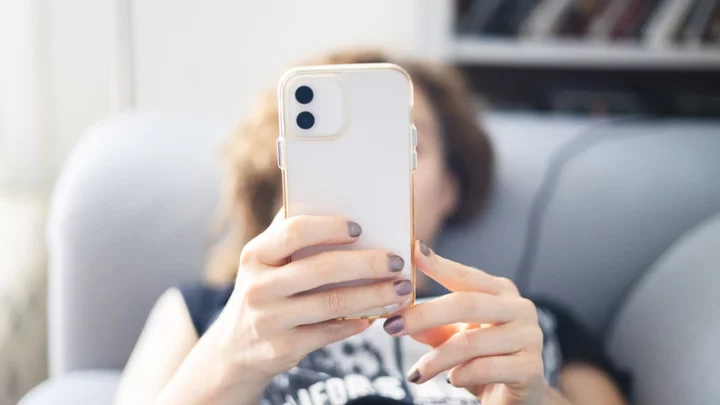
Forget Siri: Your iPhone Can Now Clone Your Voice for Digital Tasks
